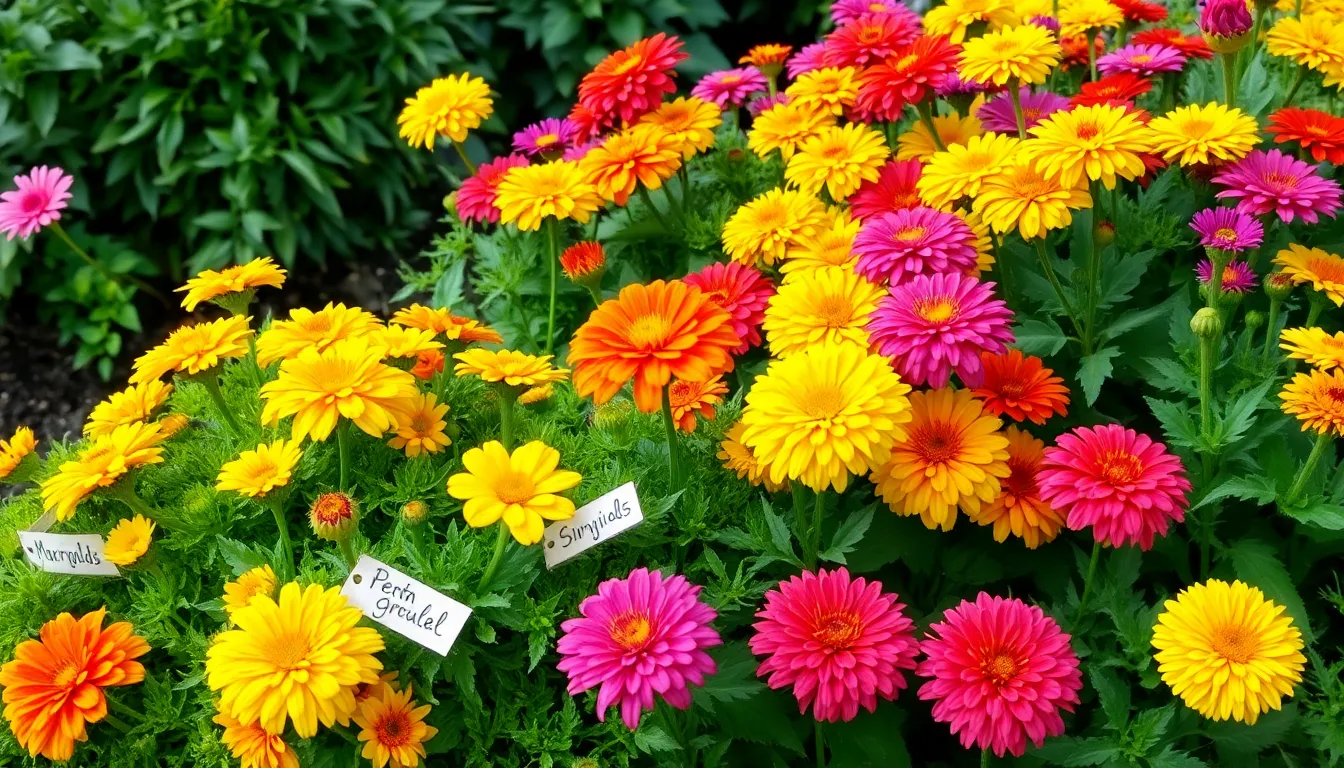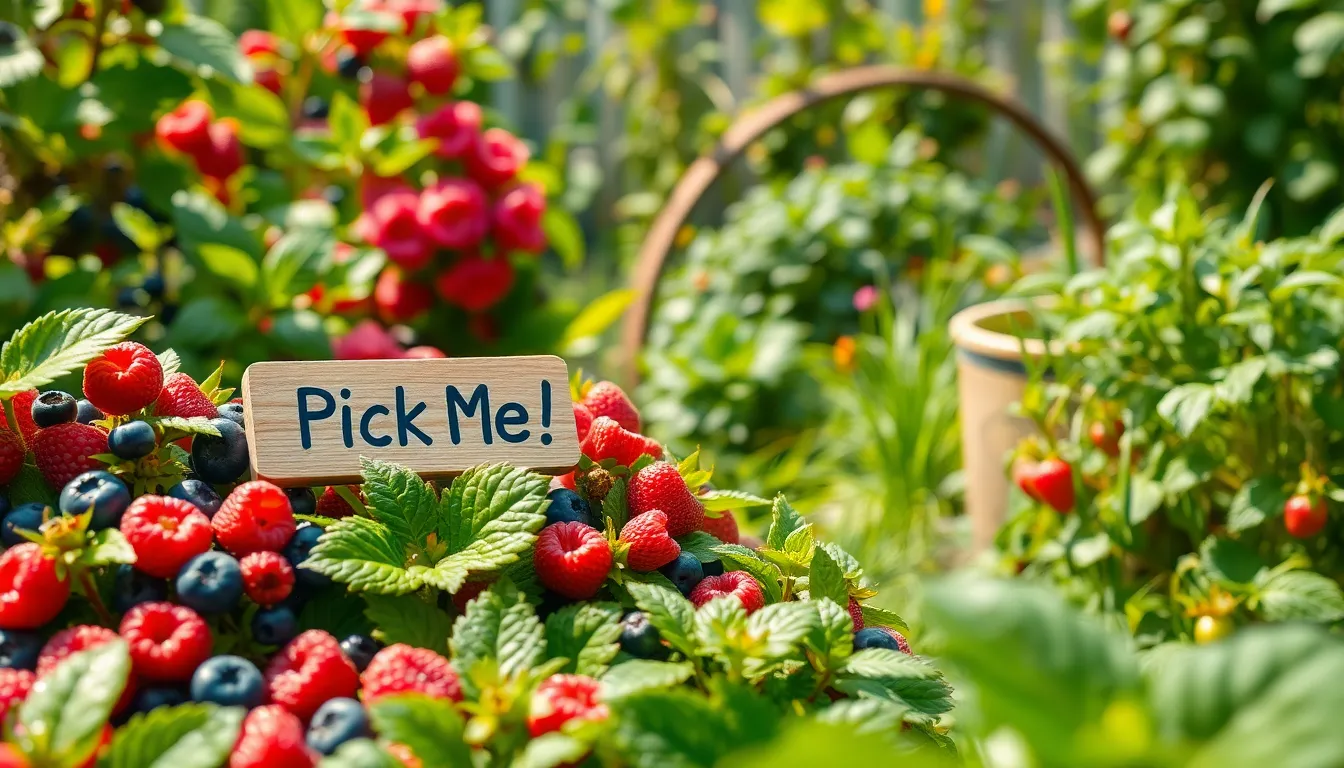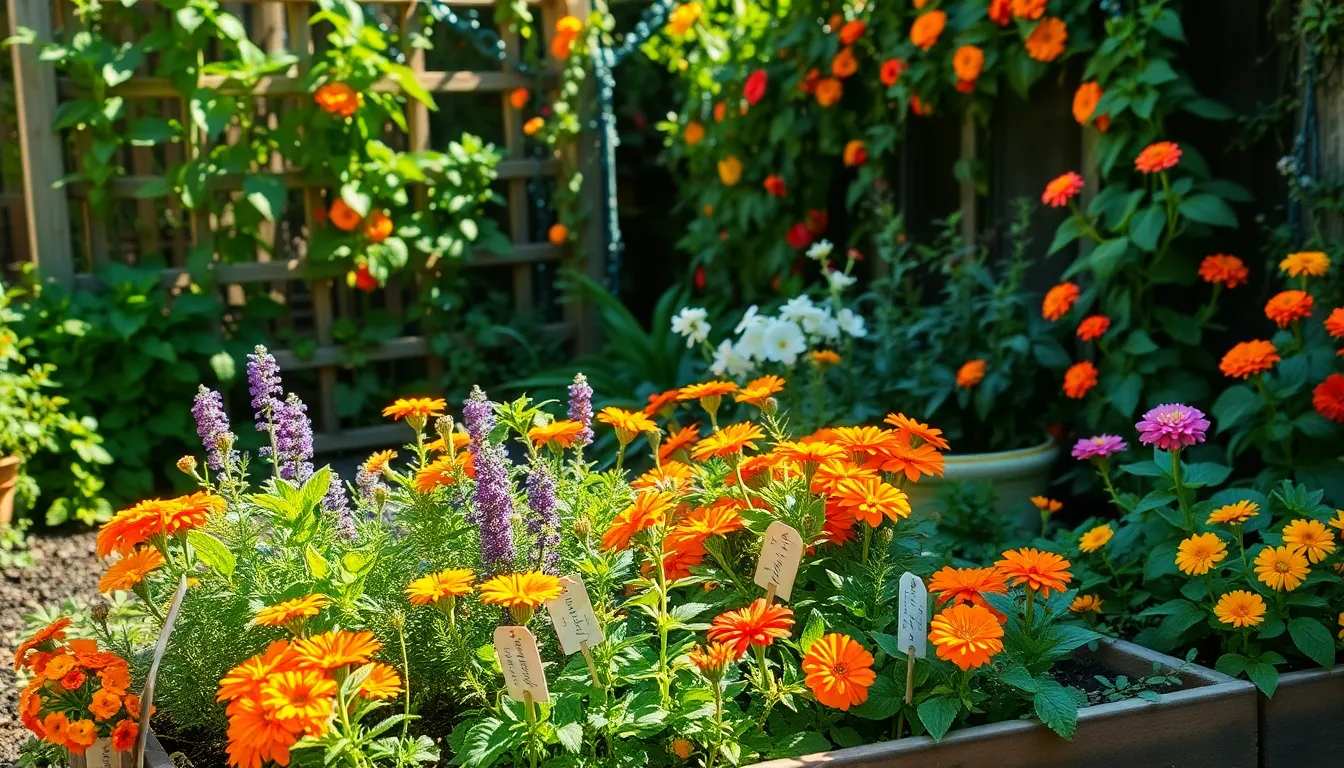Gardening is a journey filled with discovery and joy, where even the smallest success can spark a lifelong passion. For those just beginning to dip their toes into the world of blooms or seasoned gardeners looking to add effortless beauty to their plots, choosing the right flowers can make all the difference. Flowers not only bring color and life to your garden but also offer a sense of accomplishment with every new bud. By selecting easy-to-grow varieties, you can cultivate a vibrant space that thrives with minimal fuss, allowing you to enjoy the fruits of your labor without feeling overwhelmed.
In this article, we will explore five delightful flowers that are perfect for beginners yet satisfying for experienced green thumbs. You’ll learn about plants that are not only stunning but also forgiving, making them ideal companions as you refine your gardening skills. With practical tips and insights into each flower’s unique needs, this guide aims to empower you to create a flourishing garden with confidence. Whether you’re planting in a backyard or a balcony, these selections promise to transform any space into a stunning oasis of color and fragrance.
Prepare to embark on a rewarding gardening adventure that blends beauty with simplicity. As you nurture these easy-to-grow flowers, you’ll gain valuable hands-on experience and perhaps a newfound appreciation for the art of gardening. So, gather your gardening tools and enthusiasm, and let’s sow the seeds of success together!
Ideal Flowers for Novice Gardeners
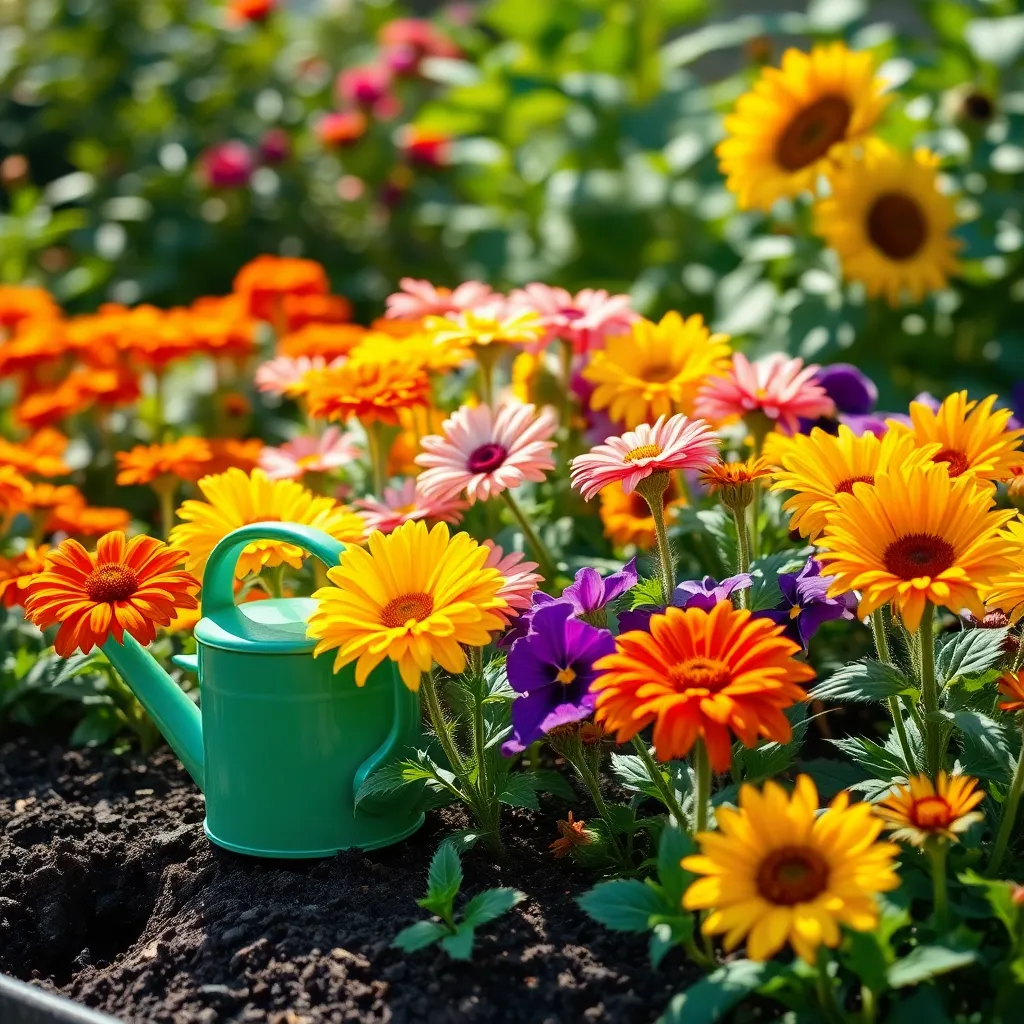
For novice gardeners, selecting easy-to-grow flowers can make the gardening experience more rewarding. Marigolds are a fantastic choice due to their hardiness and vibrant blooms.
These cheerful flowers thrive in well-drained soil and require plenty of sunshine to flourish. To ensure a healthy start, water them regularly but allow the soil to dry out between waterings, preventing root rot.
Another excellent option is the zinnia, known for its colorful and long-lasting blooms. This flower is not only drought-tolerant but also attracts pollinators, making it a win-win for your garden’s ecosystem.
Plant zinnias in a spot that gets at least six hours of sunlight per day, and use a general-purpose fertilizer to boost their growth. Deadheading spent flowers will encourage the plant to produce more blooms throughout the growing season.
If you’re looking for a low-maintenance flower, consider the sunflower, which adds height and beauty to any garden. Sunflowers prefer a sunny location with well-draining soil and are relatively pest-resistant.
As you plant, space them adequately to allow for their expansive size, generally about 2 feet apart. Water deeply but infrequently to help develop strong roots, and consider staking taller varieties to support their impressive height.
Top Low-Maintenance Blooms to Grow
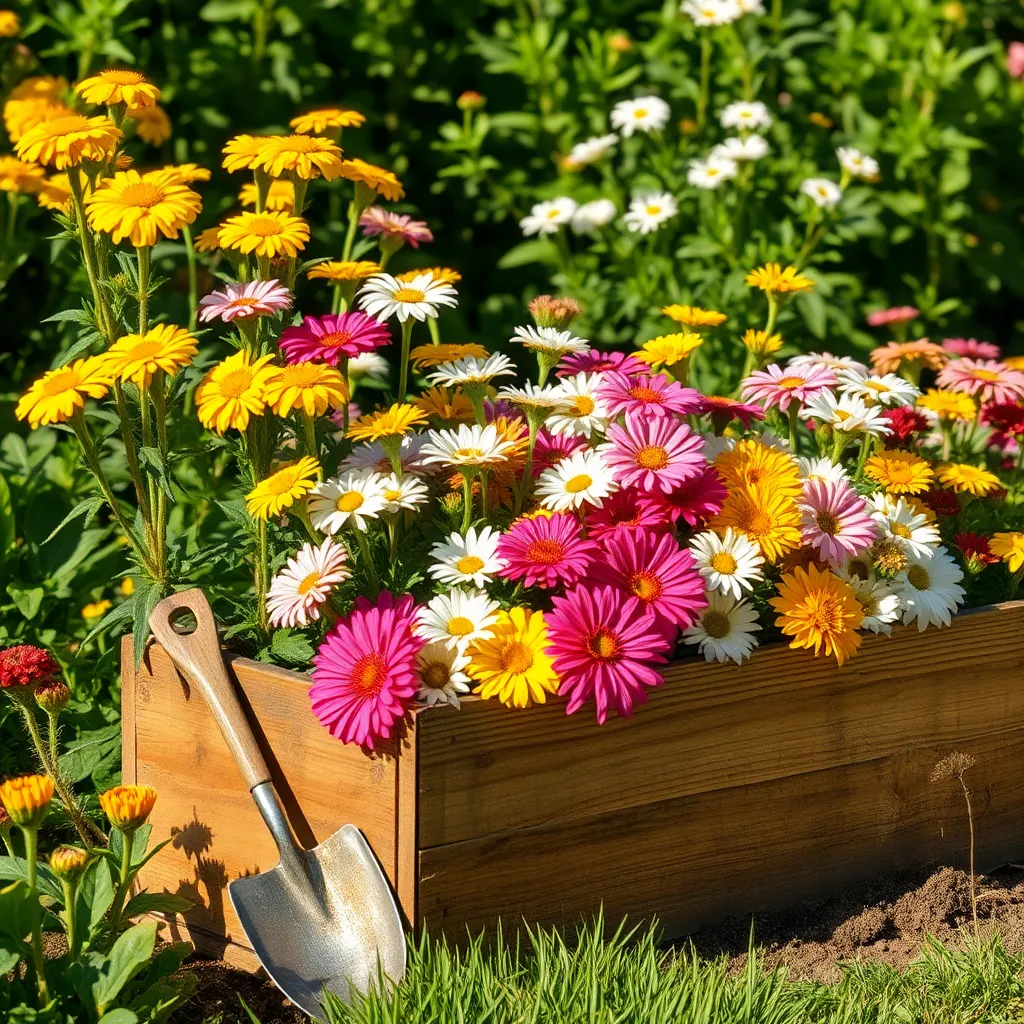
For gardeners seeking low-maintenance blooms, marigolds are an excellent choice. These vibrant flowers are not only easy to grow, but they also thrive in almost any soil type, making them ideal for beginners.
Marigolds require full sun exposure and should be watered regularly, allowing the soil to dry out between waterings. Deadheading spent blooms will encourage further flowering and keep your marigold plants looking their best throughout the growing season.
Zinnias are another fantastic option for those looking to add color without much fuss. These flowers are heat tolerant and can handle periods of drought, which makes them perfect for gardeners who might forget a watering or two.
Plant zinnias in well-drained soil and provide ample sunlight to ensure robust growth. To maximize blooms, pinch back the first central bud to promote bushier plants.
For a touch of elegance, consider growing cosmos, which are known for their feathery foliage and delicate blooms. Cosmos thrive in poor soil conditions, so there’s no need for heavy fertilization.
These flowers prefer full sun and should be watered sparingly, as overwatering can lead to root rot. Sow seeds directly into the ground after the threat of frost has passed to enjoy a continuous display of blooms all summer long.
Sunlight Needs for Beginner Flowers
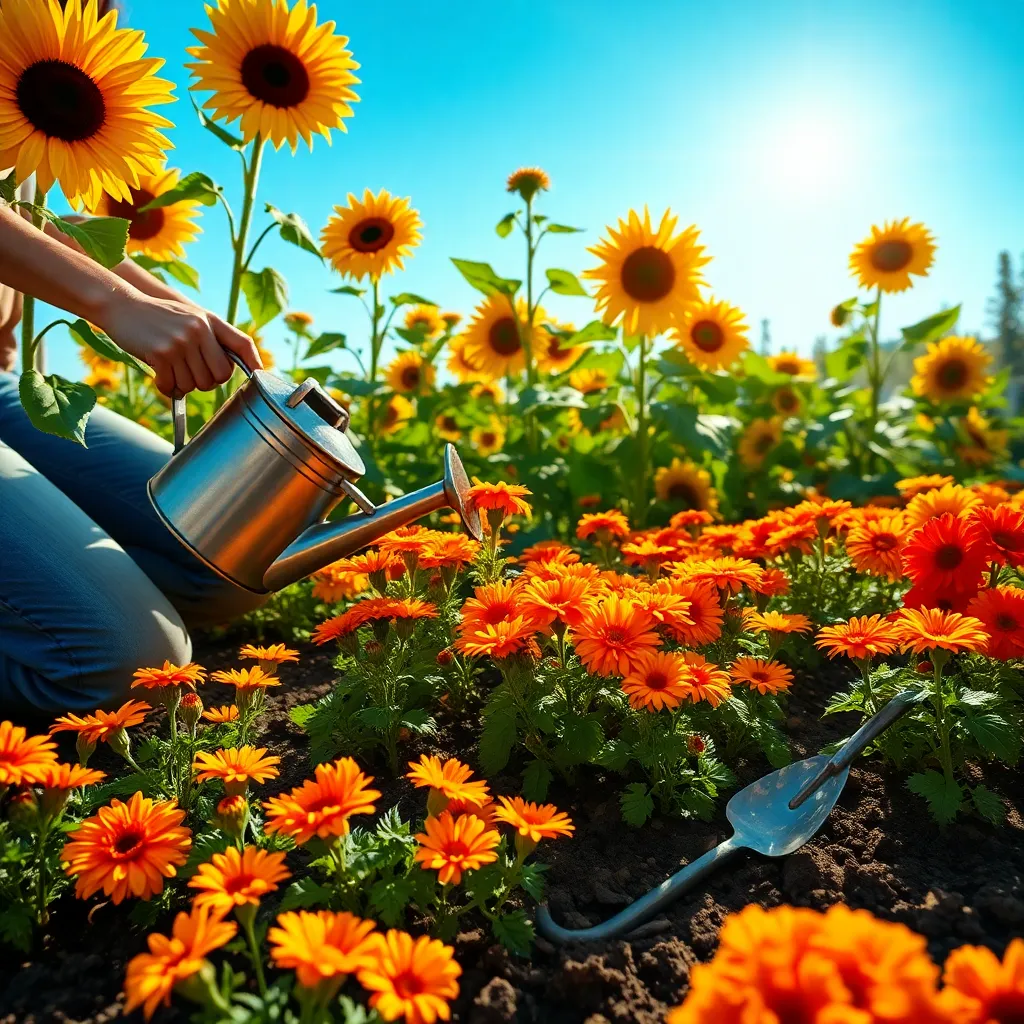
Understanding the sunlight needs of your flowers is crucial for their health and vibrancy. Most beginner-friendly flowers thrive in full sun, which means they require at least six hours of direct sunlight each day.
Choosing the right spot for your flowers can make a significant difference in their growth. If your garden space is limited to partial shade, consider placing your flowers where they can receive morning sun and afternoon shade, as this balance can still promote healthy blooms.
It’s important to monitor the sunlight patterns in your garden throughout the day. As the seasons change, the sun’s angle also shifts, so be ready to adjust the positioning of your flowers to ensure they continue to receive adequate light.
For those who lack ample sunlight in their outdoor space, consider growing flowers in pots or containers. This allows you to move them around to capture more sun throughout the day, ensuring they get the required sunlight for optimal growth.
Simple Watering Tips for New Gardeners
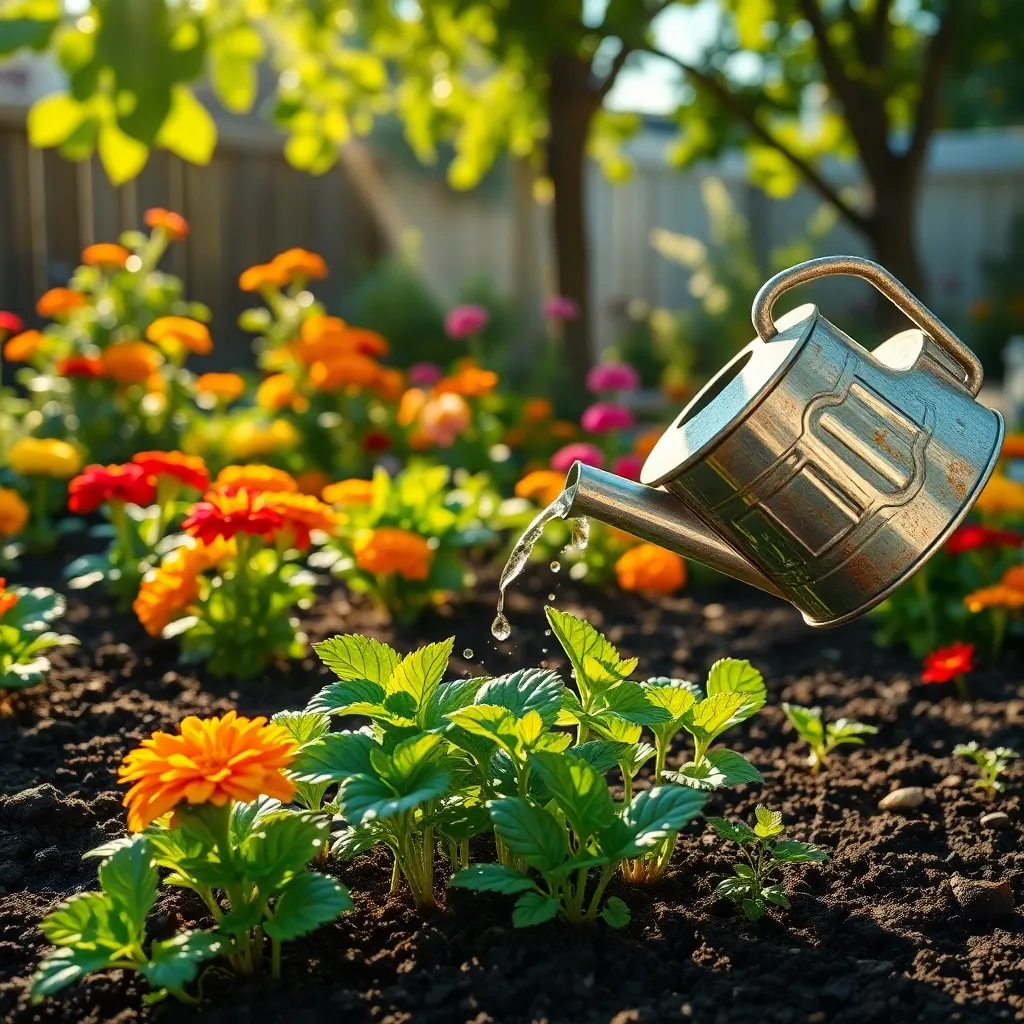
Understanding the watering needs of your plants is crucial to their success. Beginners should know that overwatering is a common mistake, especially with flowers like marigolds and zinnias that prefer well-drained soil.
Always check the top inch of soil with your finger before watering to see if it’s dry. If it feels moisture-laden, wait another day or two before giving your plants more water, as this helps prevent root rot.
For container plants, ensure pots have drainage holes to prevent water from pooling at the bottom. Consider using a soil mix that includes peat moss or perlite to improve drainage and aeration, which is essential for healthy root development.
Watering early in the morning allows plants to absorb moisture before the day’s heat increases evaporation. This practice also reduces the risk of fungal diseases that thrive in wet, cool conditions common in the evening.
Aim to water the base of the plant rather than the leaves to minimize leaf diseases. To automate the process, consider installing a drip irrigation system, which provides consistent moisture directly to the roots and can be a time-saver for busy gardeners.
Boosting Flower Growth with Fertilizers
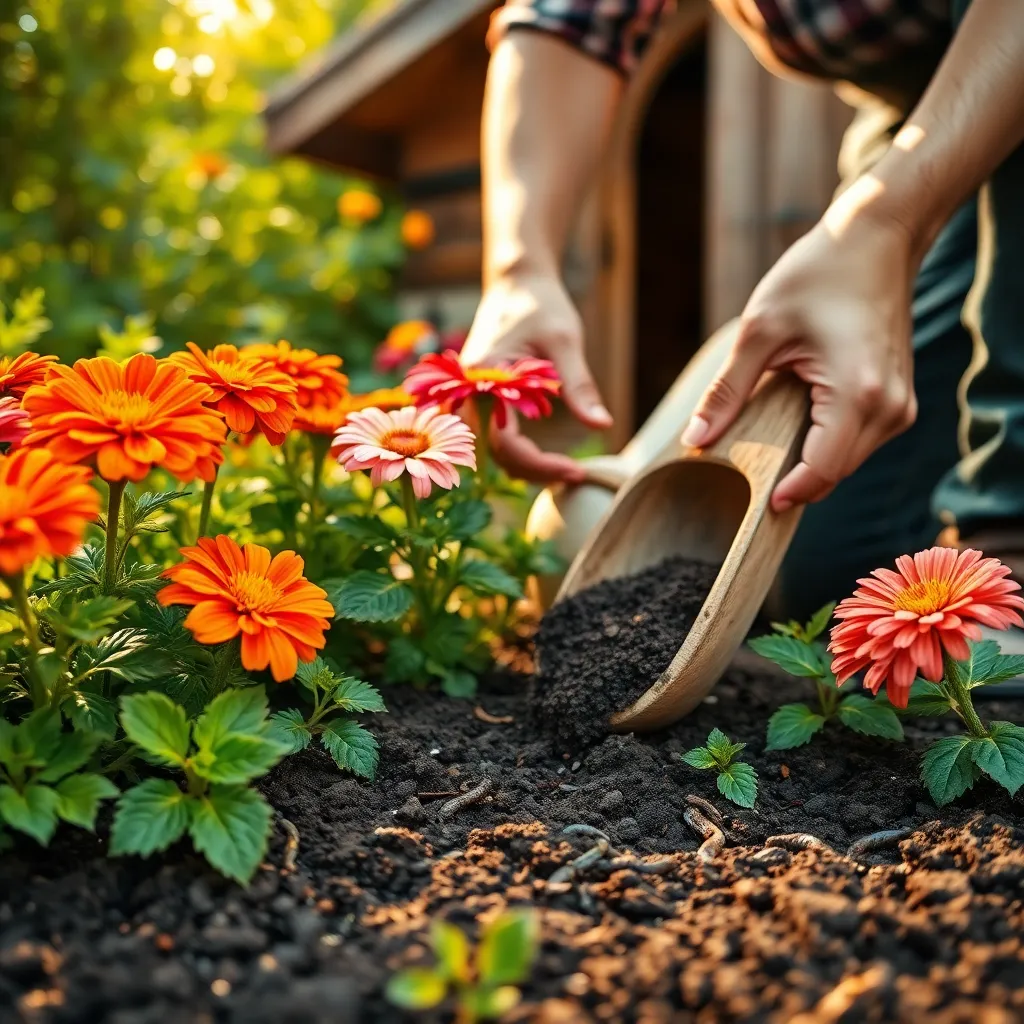
Using fertilizers effectively can significantly boost the growth and blooming of beginner-friendly flowers. Choose a balanced, slow-release fertilizer to provide a steady supply of nutrients throughout the growing season, ensuring your flowers thrive.
Before applying fertilizer, it is crucial to test your soil to determine its existing nutrient levels. Soil testing kits are widely available and easy to use, giving you essential insights into what your garden needs.
Once you know the nutrient composition of your soil, tailor your fertilization approach accordingly. For most flowering plants, applying fertilizer once every four to six weeks during the growing season is sufficient. Make sure to follow the manufacturer’s instructions to avoid over-fertilization, which can harm your plants.
In addition to fertilizing, ensure your plants receive adequate water to help them absorb nutrients effectively. Water deeply and consistently, especially during dry spells, to promote robust root development and vibrant blooms.
Conclusion: Growing Success with These Plants
As we’ve explored in ‘5 Easy-to-Grow Flowers for Beginners,’ nurturing a thriving relationship is much like tending to a garden. We’ve covered the essentials: communication as the sunlight, trust as the nourishing soil, empathy as the gentle rain, respect as the sturdy stakes that support growth, and shared goals as the seeds of future blooms. These foundational elements, when tended with care, can transform any relationship into a vibrant, flourishing bond.
Now, why not take a moment to reflect on these concepts with your partner? Choose one element to focus on this week—perhaps starting with a heartfelt conversation to deepen your connection. This small step can be the beginning of a beautiful journey toward a more fulfilling and resilient relationship.
Remember, relationships flourish with consistent care and attention. I encourage you to save this article as a handy guide, a reminder of the simple yet powerful tools you have at your disposal. With dedication and love, you’re well on your way to cultivating a relationship that blooms year after year, no matter the season. Here’s to your continued growth and success together!

